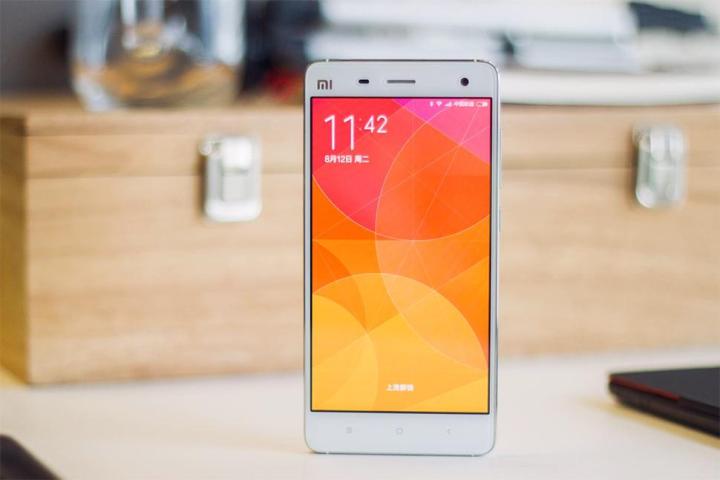
Xiaomi has exclusively produced Android smartphones up until now, but late last year, there were reports that Microsoft CEO Satya Nadella met with Xiaomi’s CEO Lei Jun, and this could be the first fruit of that get-together. Xiaomi is incredibly popular in China, India, and the few other countries where it sells its phones. Microsoft is obviously keen to make Windows 10 a success in these high-growth markets, so a partnership between the two makes sense.
How does the partnership work? In a statement, Microsoft explained that a select group of Xiaomi Mi4 smartphone users will get to download a special edition of the Windows 10 Technical Preview for free, and install it on their phones. Then, feedback will be provided to the two companies, specifically based around tailoring Windows 10 for the Chinese market. Xiaomi has a very active community that’s heavily involved with its own MiUI software, and the availability of a very vocal test group undoubtably attracted Microsoft to strike up a deal with the company.

If you’re curious about what an Mi4 looks like running Windows 10, two images have been leaked online through the @leaksfly Twitter account, showing what could be the ROM installed on the device. Take the pictures as a general idea rather than absolute evidence though, as they can’t be verified as genuine.
Microsoft hasn’t confirmed the software’s release yet, and states its availability will be announced over the coming months.
Editors' Recommendations
- Microsoft may fix the most frustrating thing about Windows updates
- A major Windows update just launched. Here’s what’s new
- Xiaomi’s newest wearables may make you want to ditch your Apple Watch
- Windows just gave us another reason not to download fresh updates
- If your PC is running slowly, the latest Windows 11 update may be to blame




